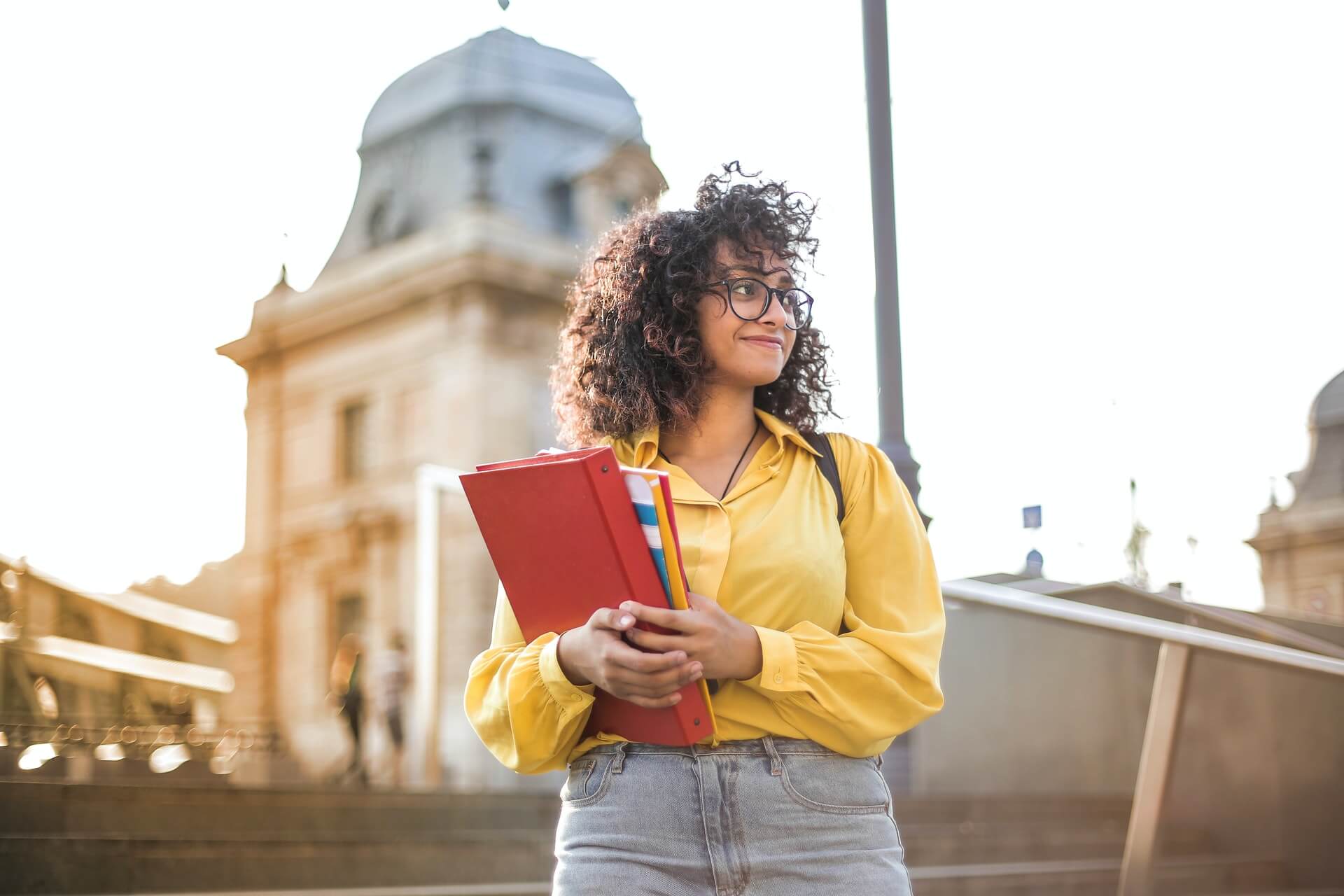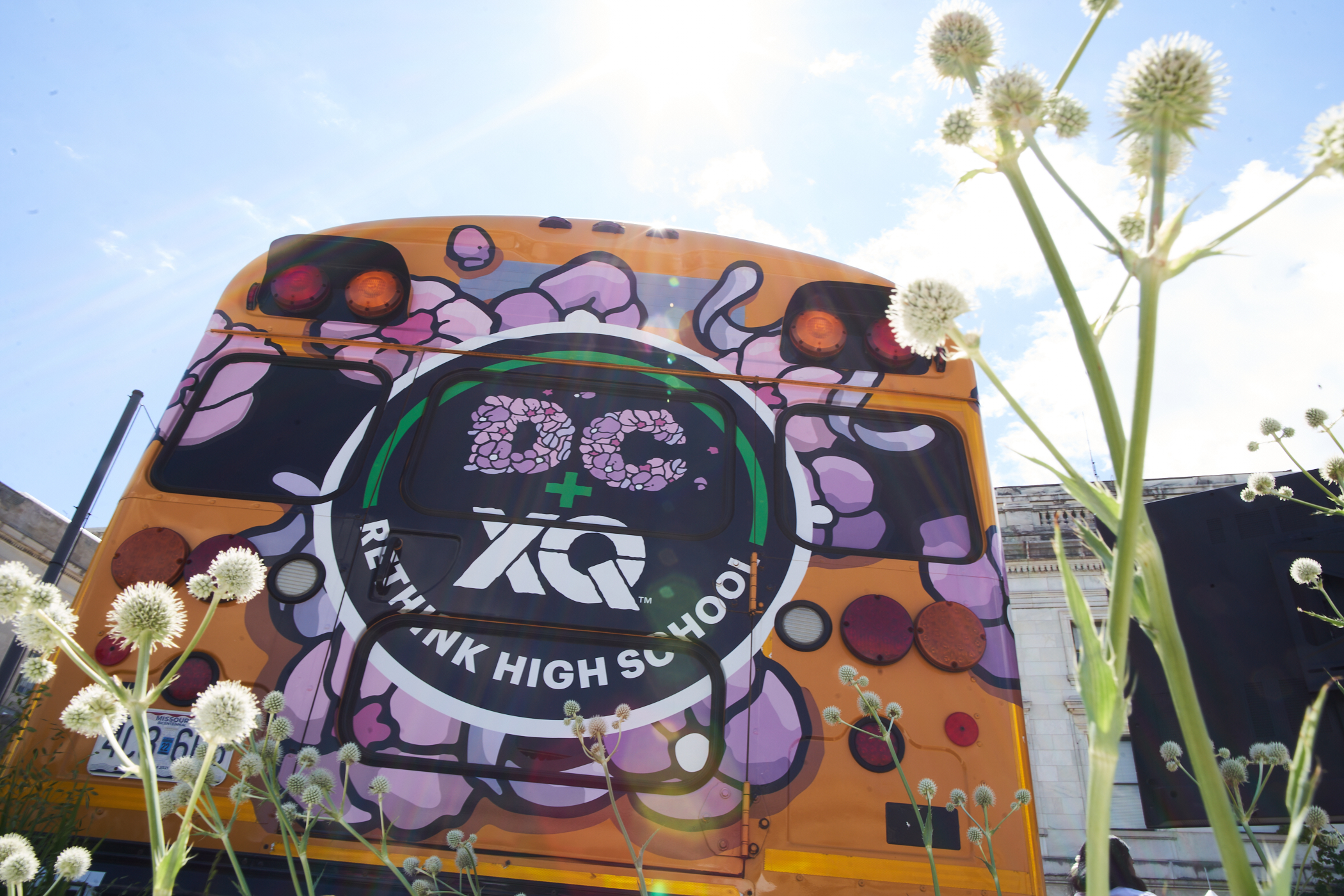6 Ideas You Can Steal From the Most Innovative High Schools
A Los Angeles high school that operates all year round. A high school located…

A Los Angeles high school that operates all year round. A high school located inside a Memphis community hub. A curriculum where students choose what they learn based on their passions. Across the country, XQ schools break the mold of what high school can be.
These innovative high schools each take a unique approach to meeting the needs of students in their community. What they all share is a commitment to equity, student success, and constant improvement. Each school grounds its innovations in the XQ Design Principles, guiding tenets for how to innovate high school with students at the center.
The educational innovations of these schools provide a vision for the future of high school. Read on to explore six innovative ideas from XQ schools that you can apply to support students in your own school community.
Invest in Shared Values
Elizabethton High School in Elizabethton, TN has a clear mission: to build a culture for learners to think and to act as changemakers. These words aren’t just talk. School leaders have gone above and beyond to make these values a part of everyday life at the school.
Case in point: their school culture wall, a visual representation of the school’s core values, history, and goals for students. This wall was created by a group of seniors as their capstone project and is displayed in multiple locations throughout the school. 9th grade students reference the wall in their course “The Cyclone Experience,” where they learn the history and values of their school. “[The wall is] all about local history and community, the past and the future,” principal Jon Minton explained. “This is who we’ve been, and the direction we’re going.”
Having the clear, shared value of developing students as leaders helps Elizabethton staff stay accountable to the goal of empowering students. Students engage in projects that have real impact—like the sociology class that worked to secure the release of Suzanne Johnson, a California woman sentenced to life in prison. After learning about the many individuals serving life sentences for crimes they didn’t commit, the class zeroed in on Johnson’s case and devoted themselves to gathering evidence. This evidence, donated to the Innocence Project, ultimately played a role in Johnson’s early release, and students got to meet her in person.
This kind of project empowers Elizabethton students with a sense of purpose. Students get to see their work have a real impact on the world, and to think and act as changemakers—just as the school mission describes.
Make Learning Matter
How often do high school students spend the school day working on their out-of-class passions? At Purdue Polytechnic High School in Indianapolis, IN, the answer is all the time. PPHS changes the game for students through designing their entire academic calendar to promote hands-on, project-based learning.
PPHS was founded through a partnership between Indiana state leaders and Purdue University with the goal of preparing first-generation college students to pursue higher education and high-demand STEM careers. To accomplish this, PPHS leaders built a schedule centered on real-world learning that will prepare students with the skills they need to be successful in college and career.
The school year at PPHS is divided into six interdisciplinary project cycles. These projects are designed in collaboration with outside partners—businesses, non-profits, Purdue University—and challenge students to master academic skills by solving authentic challenges. Past projects include creating robots, building a hydroponic farming system, and creating a coffee cart.
This hands-on approach leads to meaningful, engaged learning, as students achieve deep mastery of academic concepts as well as the confidence to apply what they’ve learned to future challenges. The data on PPHS backs this up: PPHS has the highest rate of Black and Latinx students and students from low-income families passing the ELA and math tests out of all Indianapolis Public Schools. And in its graduating class of 120 students in 2021, 48 were accepted to Purdue University.
Let Students Decide
The educators and community members who founded Iowa BIG in Cedar Rapids, IA set out to solve a common dilemma: traditional high school is often unengaging for students. Their solution? Create a high school where students choose how they learn based on their passions.
Iowa BIG students learn by choosing different “initiatives” on which to work. These initiatives, proposed by community partners or generated by students themselves, are real-world projects that meet three criteria: address authentic local needs, support interdisciplinary learning, and be co-designed by teachers, partners, and students to meet Iowa state standards. Initiatives have included writing curriculum around the global refugee crisis in partnership with nonprofit Rock Your World, working with a local addiction rehabilitation center to support teens struggling with opioid addiction, and collaborating with the National Czech and Slovak Museum and Library on an exhibit about street art and the Berlin Wall.
In all of these projects, Iowa BIG is competency-based: students progress through content based on mastery, not time spent in seats. This allows for learning to be fully individualized and student-driven. It also gives students the space to fail, as long as they try again and eventually master the skills they need.
By taking this approach, teachers at Iowa BIG nurture student voice and choice by constantly asking students—what are you passionate about? How can you take ownership over your own learning to achieve meaningful goals? As a result, they’ve increased student engagement and created an environment where students who might be bored, disengaged, or struggling in traditional schools can thrive.
Get Creative With Resources
The logistical demands of a traditional school day don’t work for many students facing instability. In response, DaVinci RISE High in Los Angeles, CA completely redesigned the way their high school uses time, space, and resources to fit the needs of underserved students.
RISE serves students facing homelessness, the foster care system, or incarceration. To accommodate the needs of these students, RISE created an innovative schedule for when and where learning takes place that’s centered around students’ needs. As opposed to a traditional school calendar, RISE operates all year round. They offer extended hours and flexible scheduling, as well as ride-share services for students who need help getting to and from school. They also have multiple locations, and are co-located with nonprofits that can offer additional social supports to students.
This flexible approach translates to academics as well. Instead of grade levels, students each have Personalized Learning Plans based on what they need to do to graduate with a diploma that will help them meet their post-high school goals. To support this personalization, RISE created a customized learning management system.
This innovative approach to deploying resources around students is equity in action: RISE educators make sure that every students’ individual needs are heard and met. As founder Kari Croft explained, “The biggest thing we are doing is putting kids back in the center of everything. … [The current education system has always] taken kids and put them into a system, and now we’ve flipped that. We’re bringing a kid in and changing the system for them.”
Connect with Community
The founding team behind Crosstown High in Memphis, TN wanted to give students access to all that Memphis has to offer. To do so, they built their school in the Crosstown Concourse, an iconic Memphis landmark that was redeveloped as a local hub, including arts organizations, health care providers, a YMCA, restaurants, a credit union, a pharmacy, higher education institutions, and nonprofits.
By co-locating in the concourse, Crosstown educators provide students with instant opportunities for community connection. The resources of the city become an extension of the classroom in the most literal sense: students interact daily with community members who share space in the building.
As executive director Chris Terrill explained, “We can make real-world connections with kids at a higher rate than a traditional high school would because of the proximity to a lot of really dynamic organizations.”
Students also pursue partnerships with organizations in the concourse as part of their learning. Collaborations include a partnership with a graphic designer to design logos for student-run businesses, a voter registration campaign, a student podcast project, and more. These projects engage students as citizens, providing students with the opportunity to contribute to their community.









